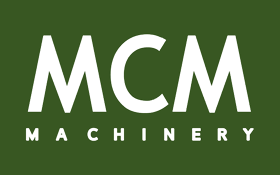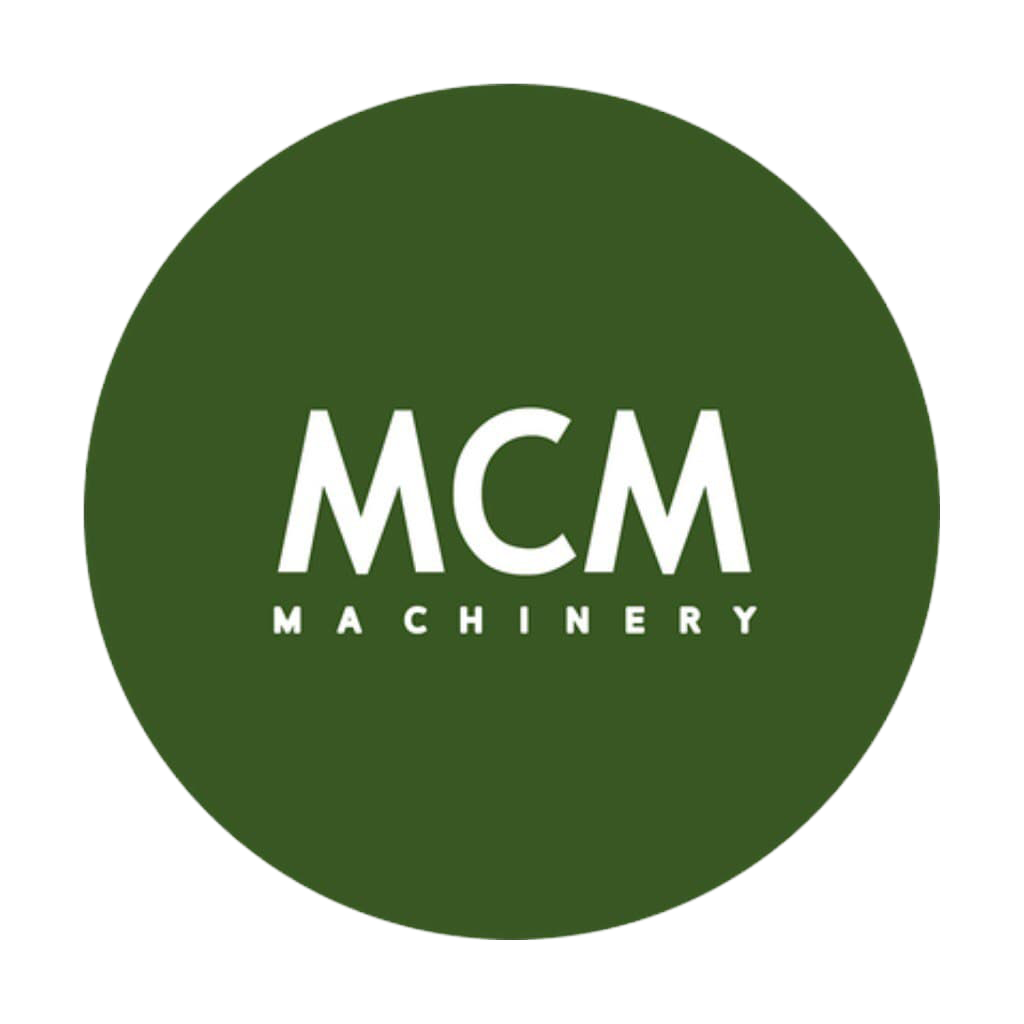- No product in the cart.
How do do I know if I am conducting R&D?
If you’re developing a novel or enhanced product process or solution, your business might be carrying out R&D. You’ll likely be trying to solve a problem where no answer is clear. This can take many forms. And R&D initiatives can include work undertaken for a client as well as your own business.
The government’s R&D definition is intentionally wide. Whatever scale or sector, if your business is risking to ‘resolve scientific/technological uncertainties’ then you may be performing eligible activities. This could include:
Creating novel products, procedures, or solutions.
Changing or altering an existing item, procedure, or service to make it better.
This means that if you’re not sure your project is scientifically or technologically feasible or you’re unsure how to accomplish it practically, you might be addressing unknowns and therefore qualify for R&D tax credits.
Where does R&D start and finish?
R&D efforts begins when a initiative seeks an advance in science/technology and concludes when the initiative’s uncertain elements have been resolved. Any user-testing or marketing efforts after overcoming the project’s uncertainties will not be R&D.
How do I know if my projects qualify for R&D tax credits?
For a project to be eligible as R&D, you should have set out to achieve an advance. That improvement must be in the field of science or technology, not just in your business’s own knowledge. The initiative can still be R&D if the improvement has been accomplished but the details are not readily available because for example they are a confidential.
It’s crucial to note that R&D is inevitably not always fruitful. If your initiative is ultimately unfruitful but sought a solution which was not evident at the outset, it could still be R&D.
What kind of projects do not qualify for R&D tax relief?
Generally, standard replication of current items, procedures, materials, equipment, or solutions will not usually qualify as R&D. Work to enhance the appearance of a procedure, substance, device, item, or solution will not itself be R&D. However, efforts to achieve specific appearances through the use of tech can still qualify.
At Hamilton Wood & Company, our team includes not just certified tax consultants but also sector specialists, attorneys, former HMRC inspectors and even a rocket scientist!
We use a constantly-updating method to create R&D tax credit claims that meet HMRC’s high standards – and maximize benefits for your company. If you’re uncertain whether your work are eligible, we can assist you.

